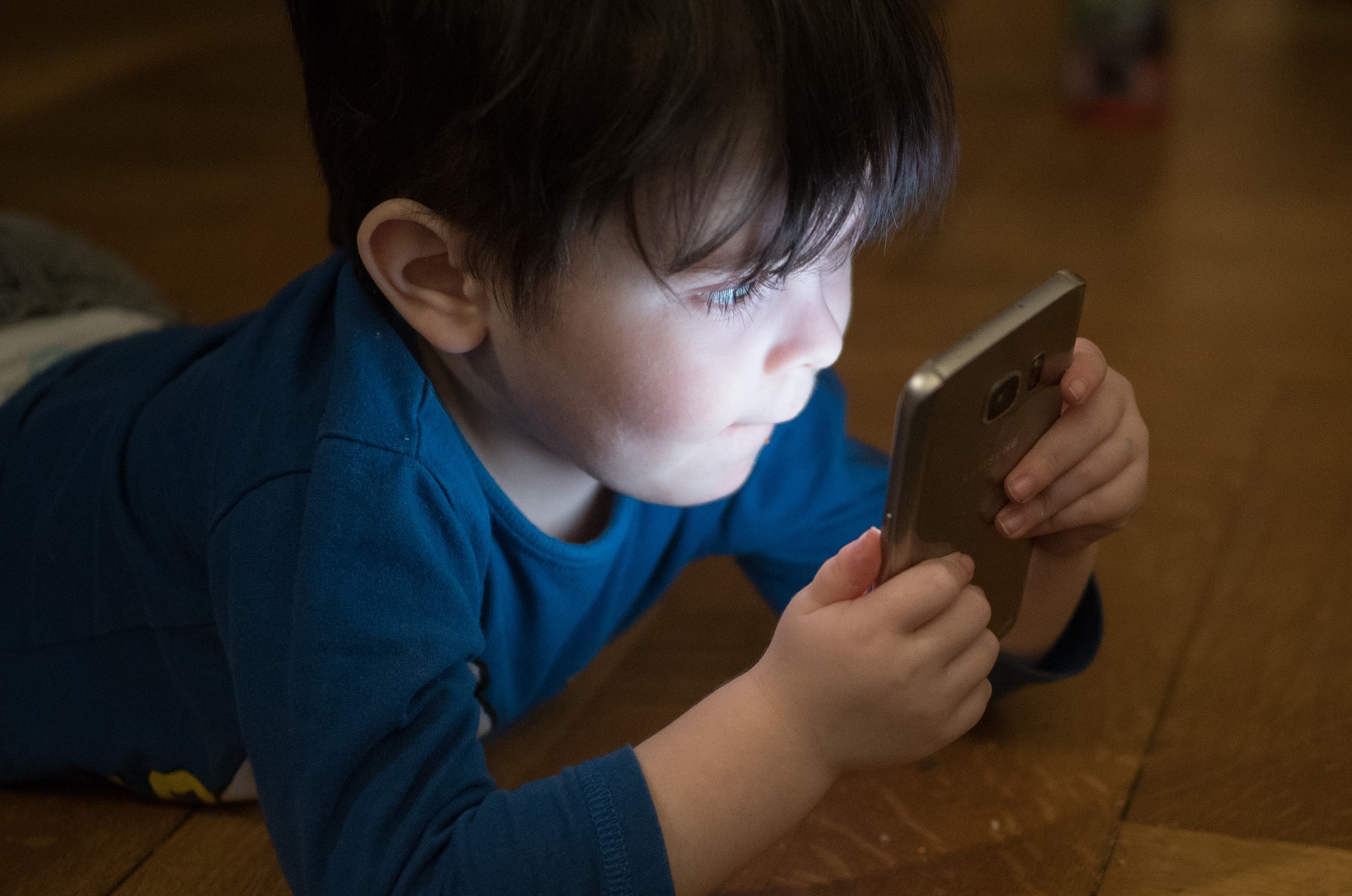Why and how to limit child’s media consumption?
Every fifth child under the age of 3 in Estonia uses a smart device, watches cartoons, or consumes other media content every day. Although we can firmly argue that a child under the age of one should not be in front of a screen at all, the reality is that it is up to each parent to decide when and how to introduce their child to the digital world. However, it is very important to be aware that screen time must be limited and controlled by adults.
Even the self-regulation skills of primary school children are not yet developed to the level where a child could regulate their screen time independently and decide whether their activity on the device is appropriate, age-appropriate, and safe. Parents also need to consider what content and how much they allow their child to consume during the day and what impact it has on the child.
This may seem harmless, and some parents even allow children to watch horror movies or videos with scary content, play violent games, claiming that children are mature enough or that it’s just a movie, unaware of the emotional consequences it may have on their children. It is important to understand that even background news can contain disturbing and inappropriate content. If movies, videos, and video games have age restrictions for a reason, constant television watching can cause similar harm.
Inappropriate and disturbing content affects child
- Jumpscares, blood, aggressive behavior, screams, evil creatures, ghosts, etc. The child’s brain is immature and cannot analyze and understand certain things. Their childlike mind believes that what they see could happen to them too. In the short or long term, this can even cause psychological trauma, but also evening difficulty falling asleep or interrupted sleep may be caused by media content seen during the day.
- Children under 10 years old cannot distinguish reality from fiction due to their psychological immaturity, and they are very easily influenced by both external people and the media they consume, such as videos, cartoons, TV, and video games. Watching a scary movie can cause anxiety, rapid heartbeat, insomnia, insecurity, nightmares, fears, and phobias, with long-term effects on the child’s mental health.
- Such videos and movies affect children’s nervous systems and may overstimulate them. It may be noticed that after watching videos, the child cannot calm down, constantly thinks and talks only about it, their body trembles, and the child cannot relax.
- Children may think that the violence and aggression they see in videos are normal and mimic such behavior. Information obtained from media content (character names, situations, roles, etc.) is daily mimicked by children in their play.
- Watching TikTok and other quick videos has a long-term effect on a child’s ability to focus and maintain attention, as well as to complete what they have started.
What to do?
- Be sensible and control what and how much your child watches in the vastness of the internet.
- Check the age restrictions for movies, videos, and video games.
- Analyze the content of videos and games together with the child. Explain to the child why the content of one video or another is harmful to them.
- Set boundaries. Even if the child reacts negatively to restrictions or gets angry, remember that you are doing it for the child’s own good.
- Spend quality time with the child. Do not let the internet or television communicate with the child more than parents or peers.
- Try a media detox with the whole family.
- Create a separate work area for adults or a way to be in front of the screen at home so as not to disturb the child.
A child’s mental health is as important as their physical health. Let’s create an environment for the child that supports mental health!

